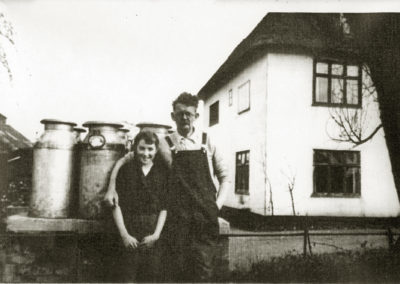Village History
Clearly a good place to live
Ancient tribal Thelnetham was heavily forested, with a river running through. The local area provided timber for housing, forest vegetation, animals for food and a constant water supply to drink as well as an easy transport route. Roman coins found in Thelnetham’s fields, tell us that the Romans, too, found this a good place to be.


“Thelnetham” echoes down the centuries
The flat, wet land later provided an ideal site for a Saxon settlement; the name which the Saxons gave this place, now Thelnetham, derives from old English “elfetu”, meaning swans, “thel” meaning a plank or bridge, and “hamm” meaning meadowland, via various spellings over time. Today’s pronunciation of Thel-nee-tham has also evolved over centuries. By the time of the Norman invasion, Thelnetham was important enough for inclusion in the Domesday Book of 1086.
Historic treasures throughout the village
Medieval and early modern times saw the emerging of a village society, sustained by family life, religious and social events, farming and related industries. Testament to this is that such a small village has 29 “listed” properties, mainly domestic dwellings, large and small, but also including other unique preserved buildings, namely the church, the windmill and the village hall, formerly the village school. This Heritage Trail highlights the buildings of particular interest.


Community spirit in Thelnetham
Depopulation and the decline of local rural industries since the 19th century have not halted the importance and vibrance of village life. Central to this, today, is the iconic Victorian Gothic village hall building, the people who support it and the associated activities which sustain them all.








